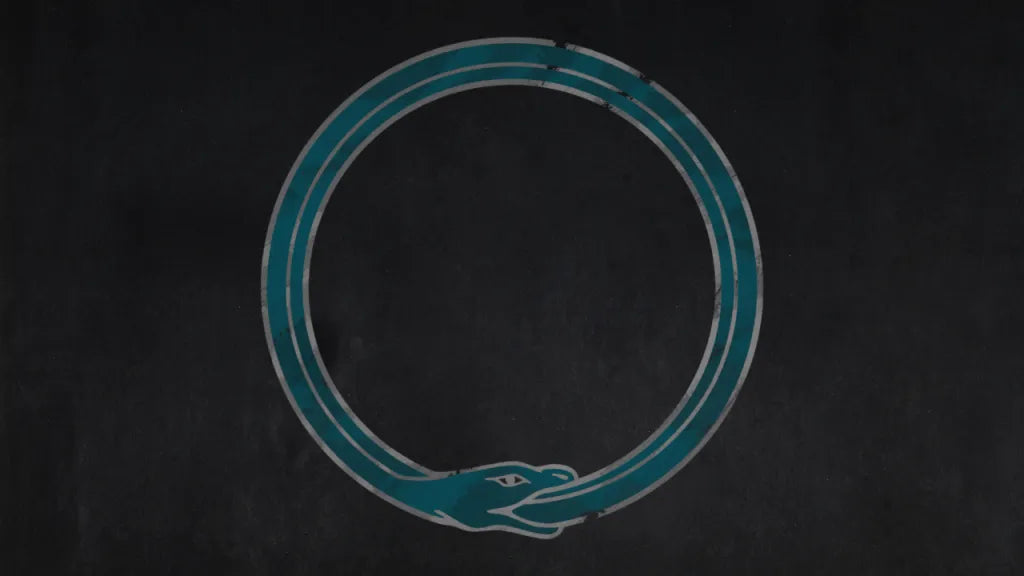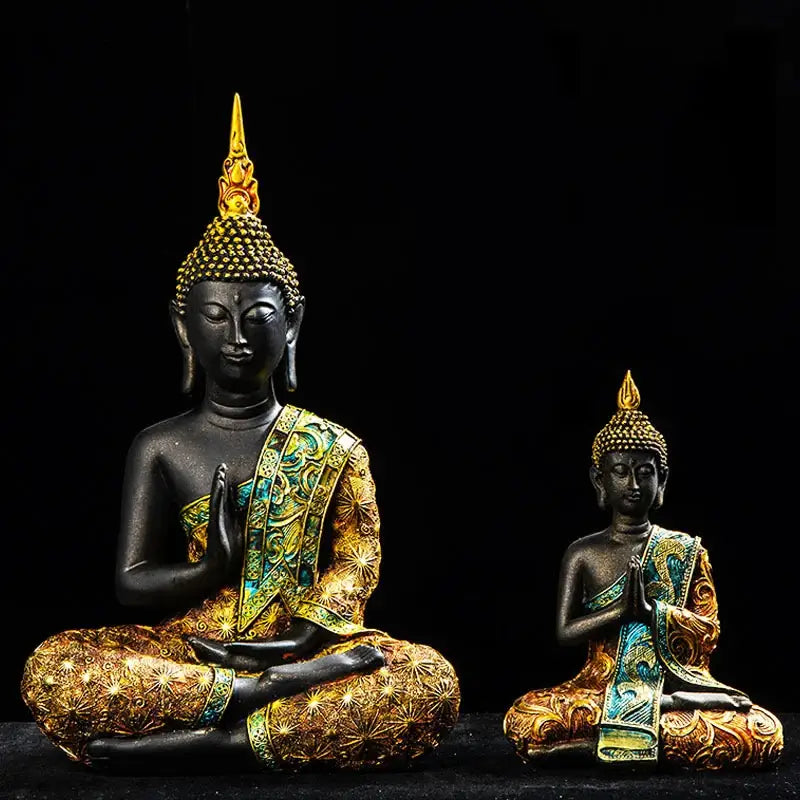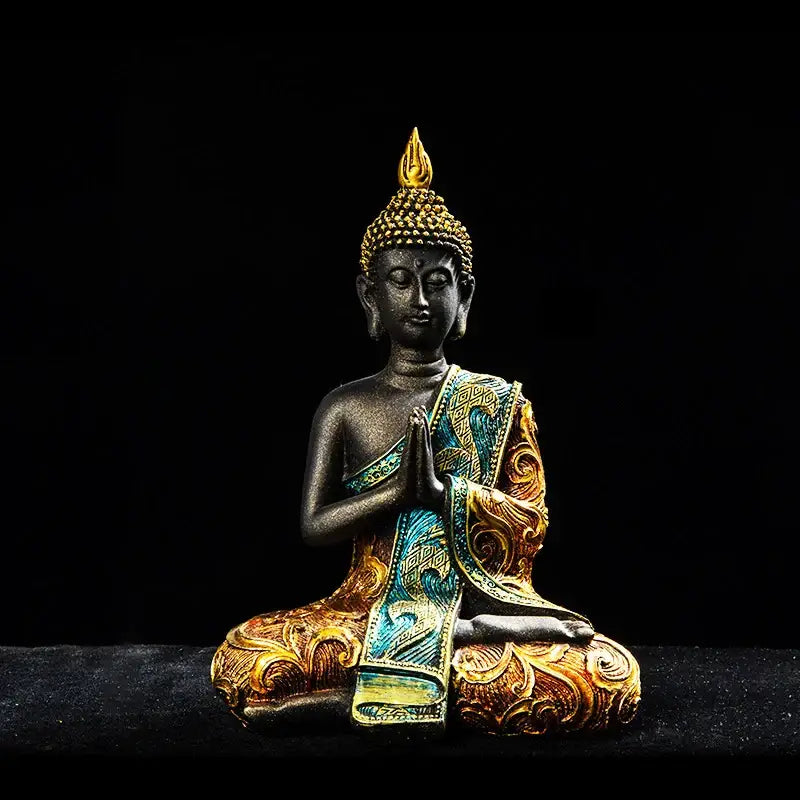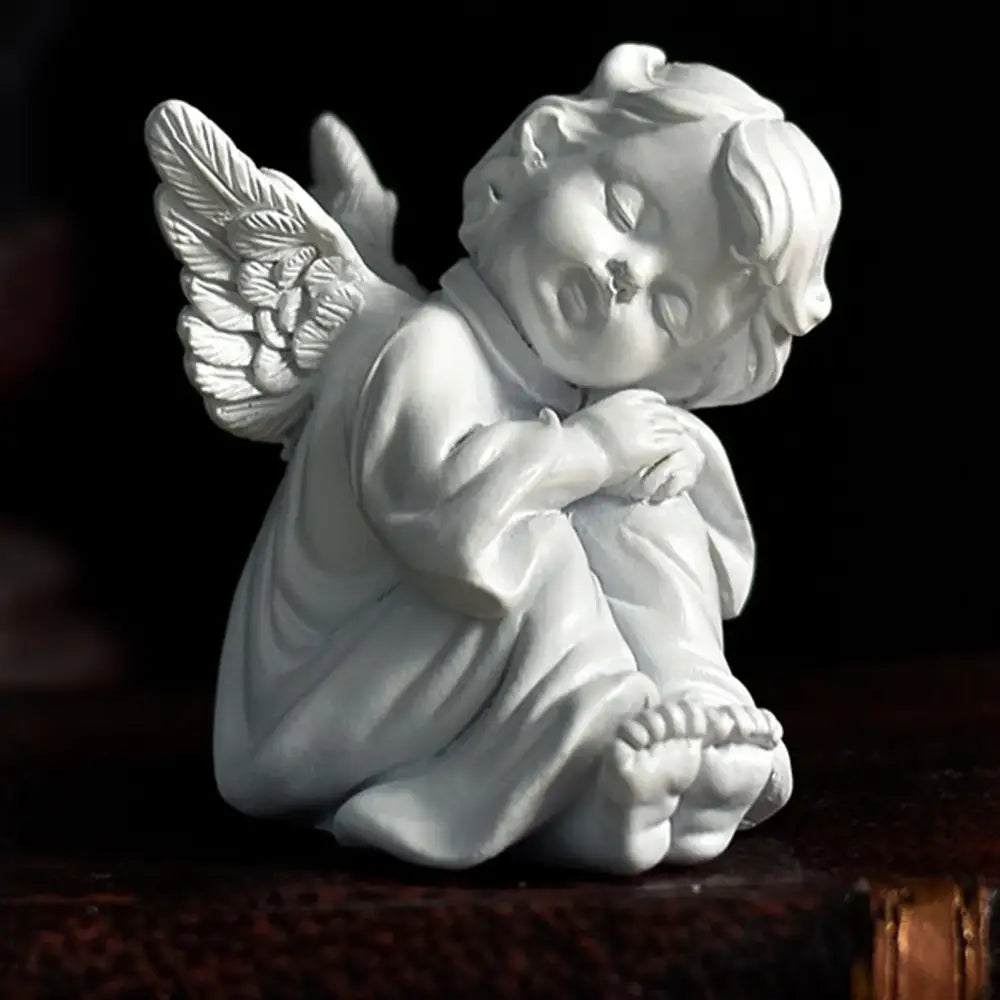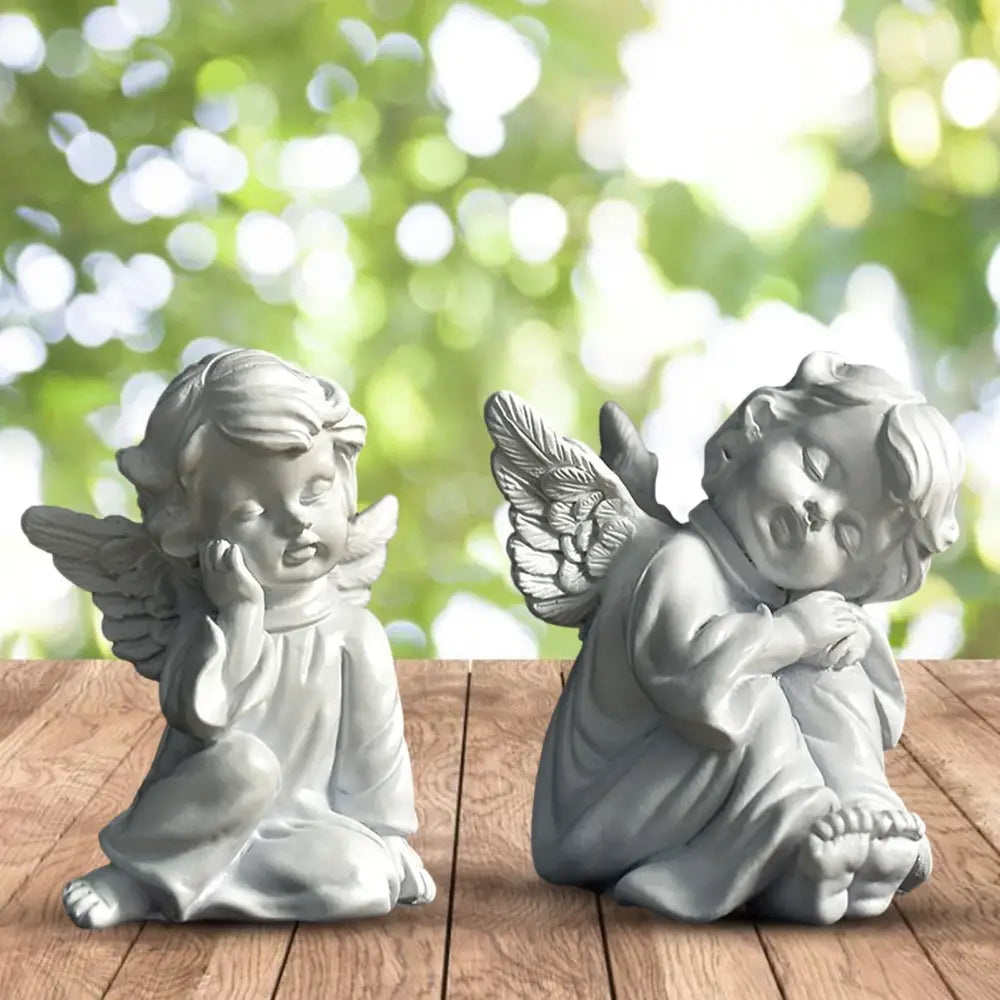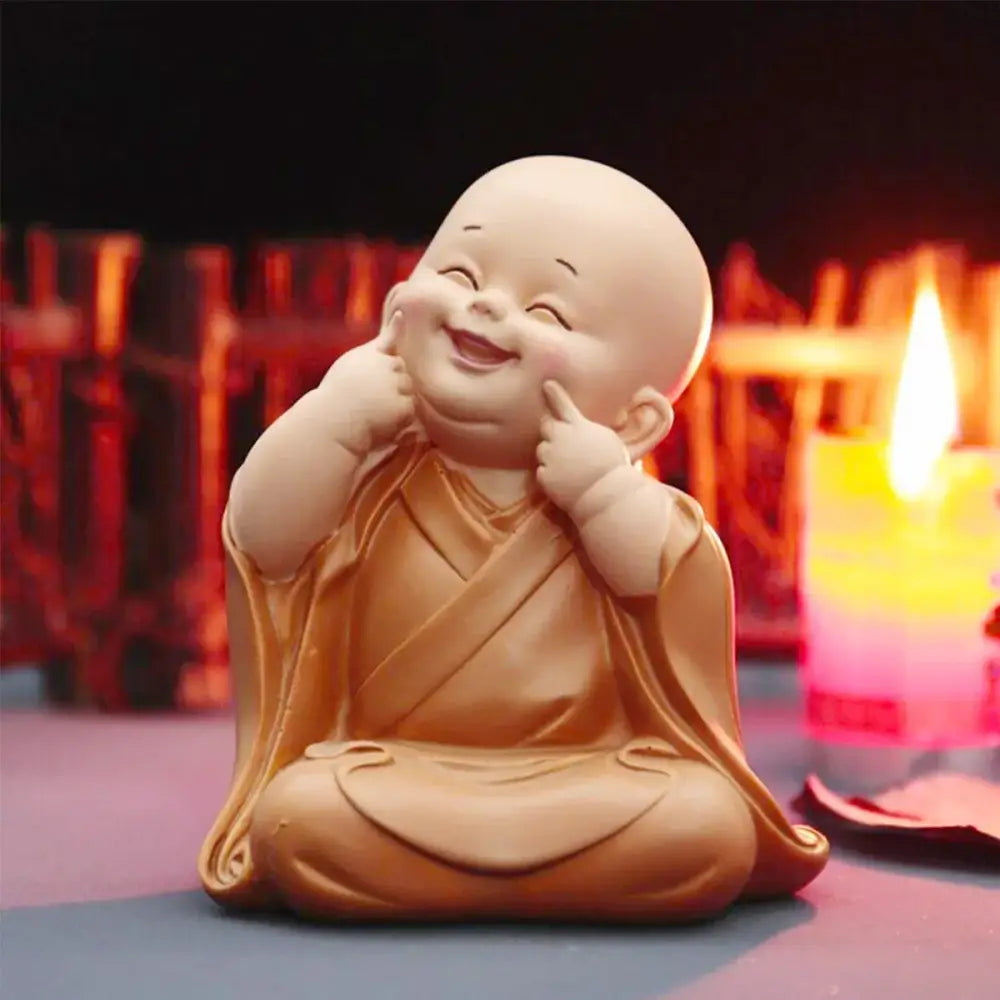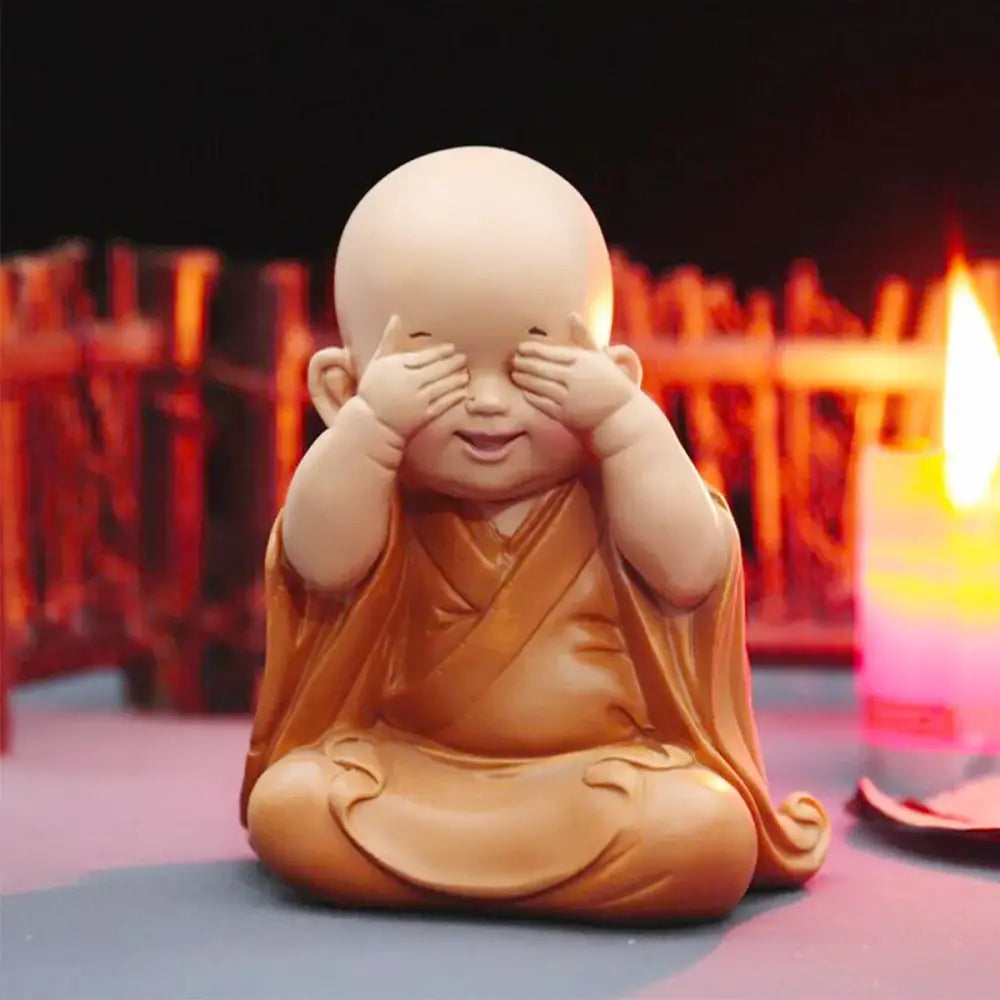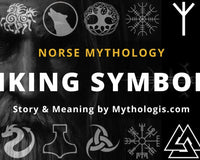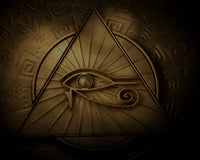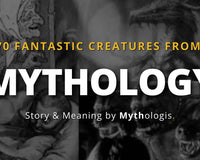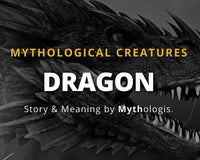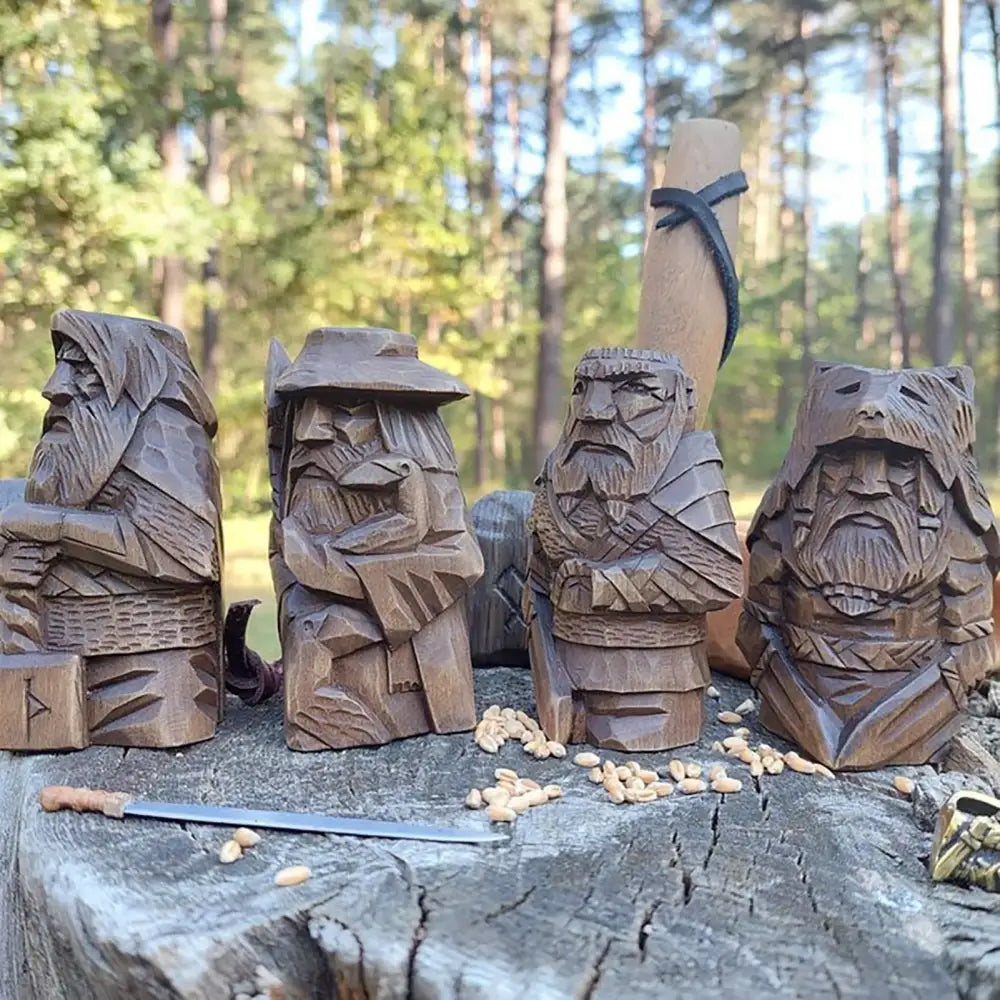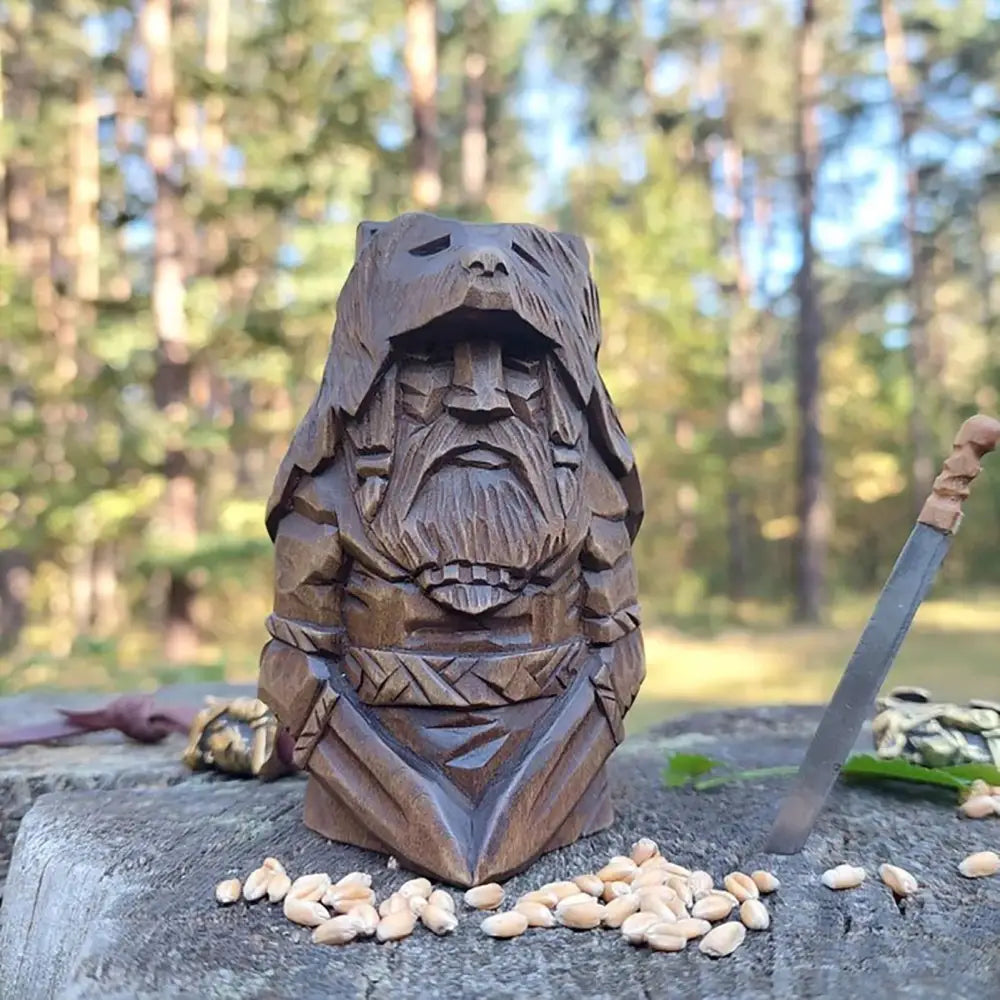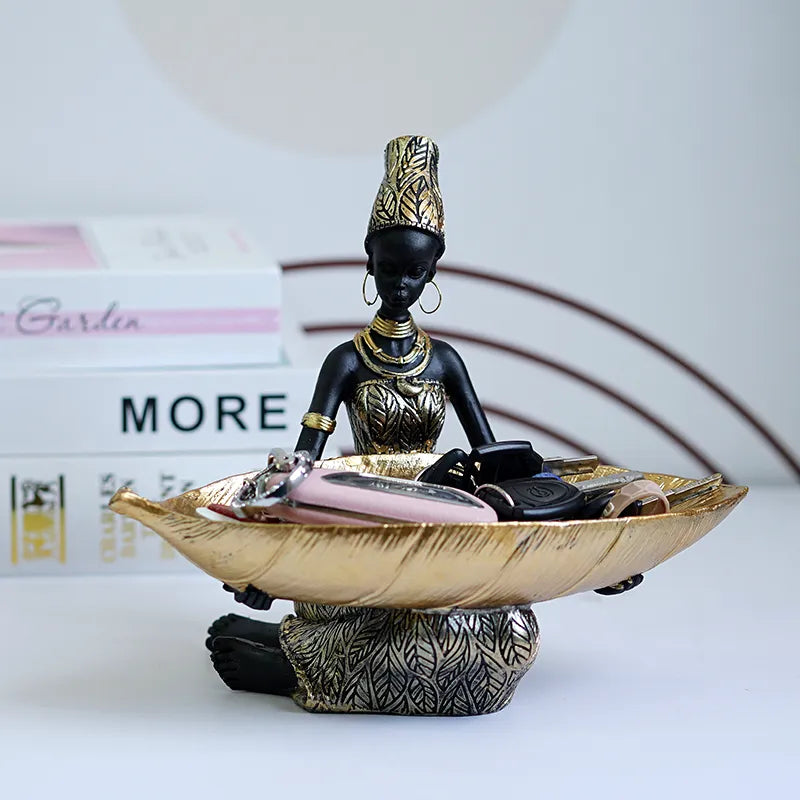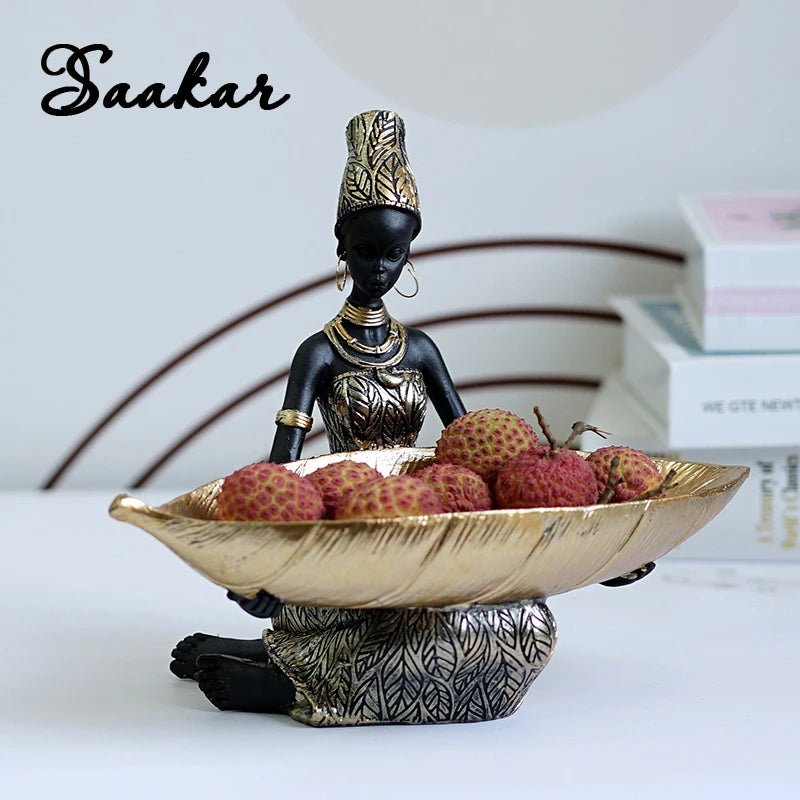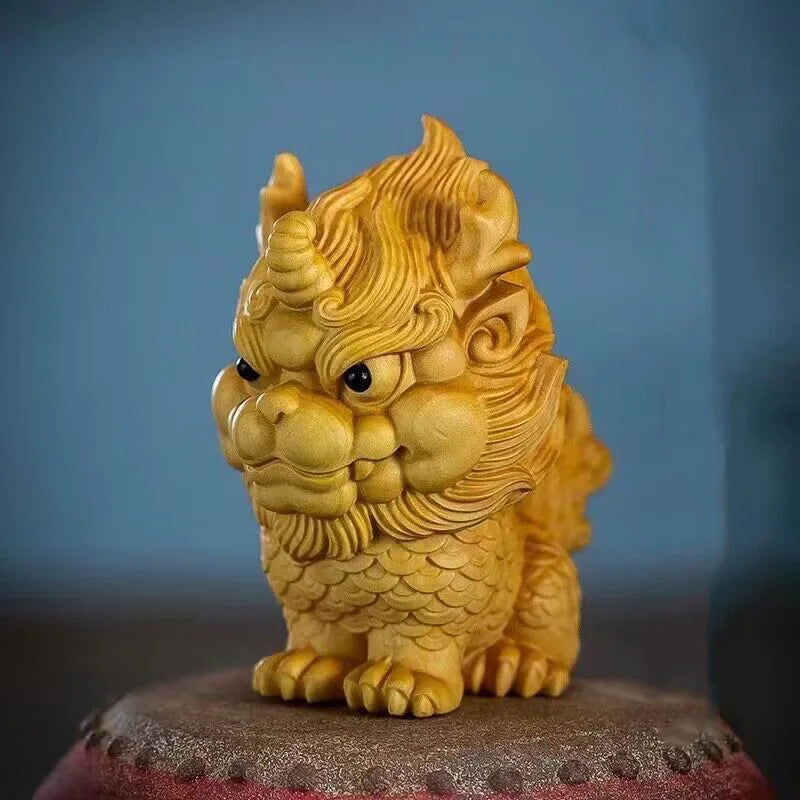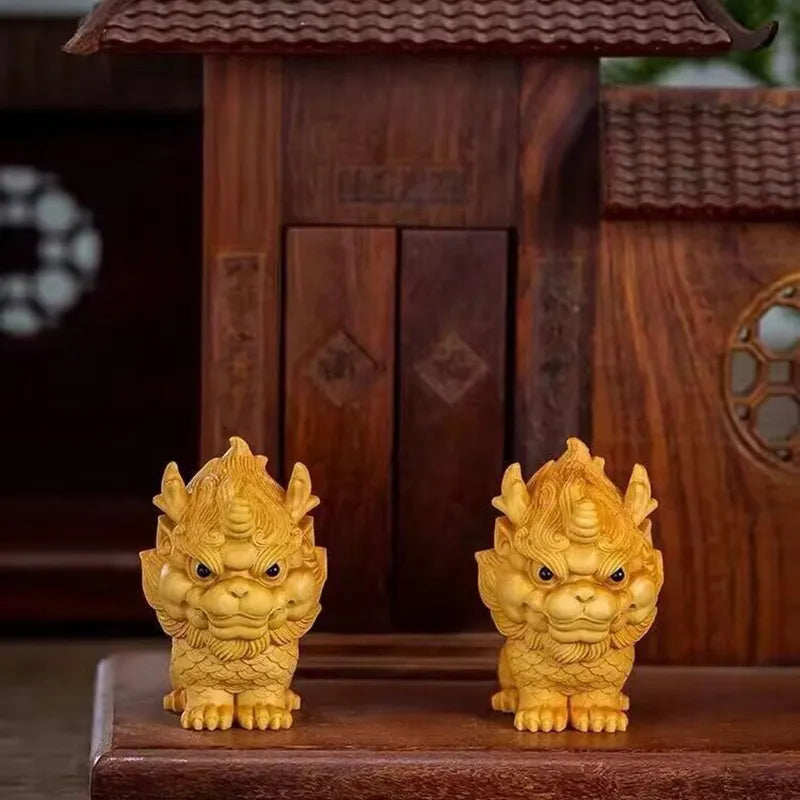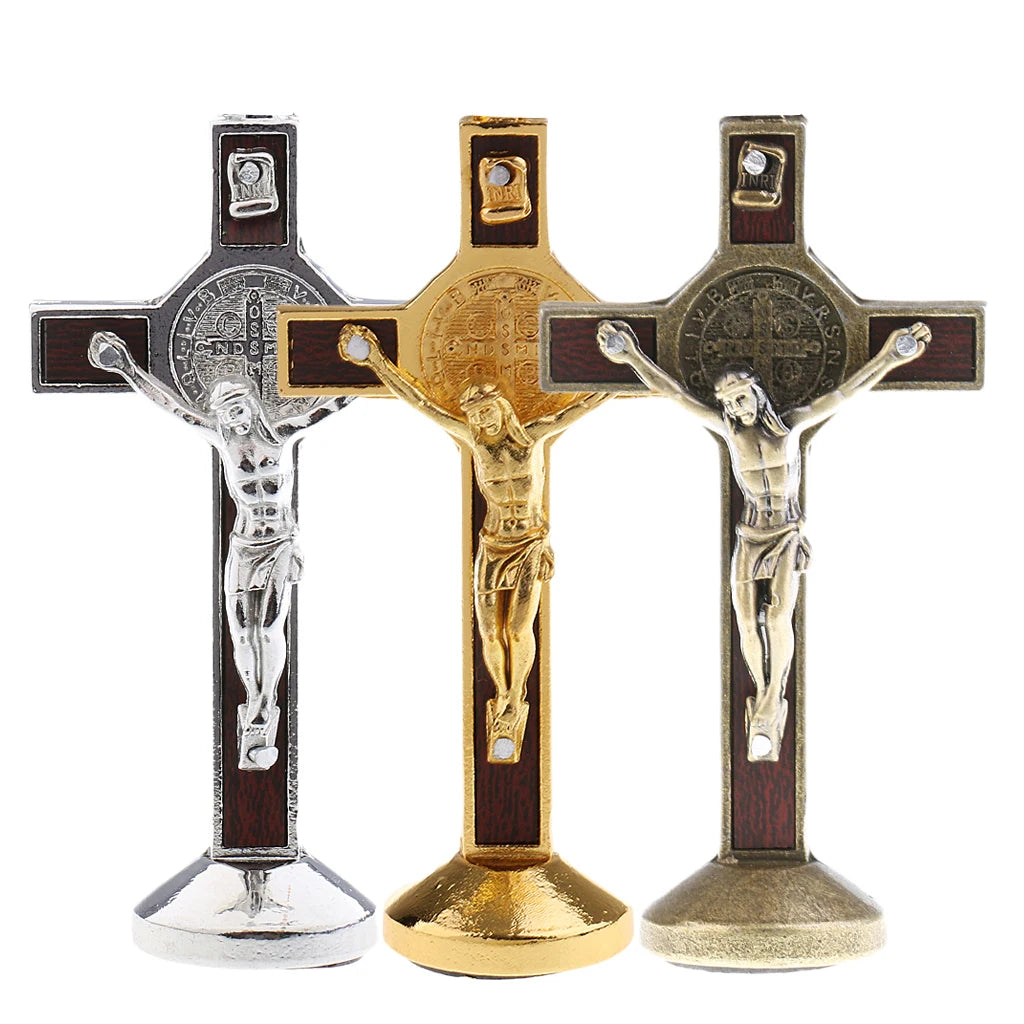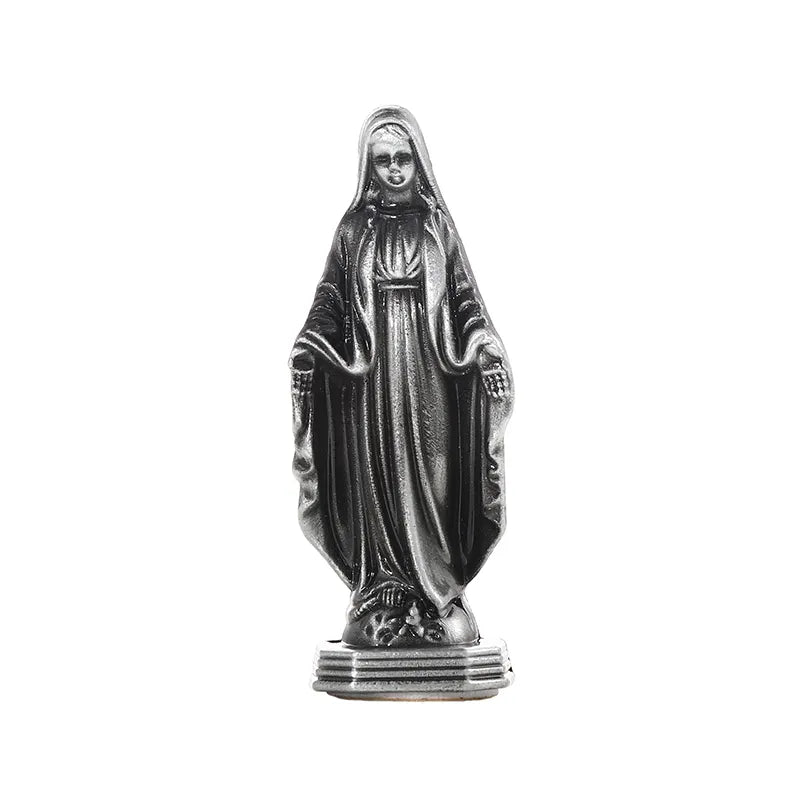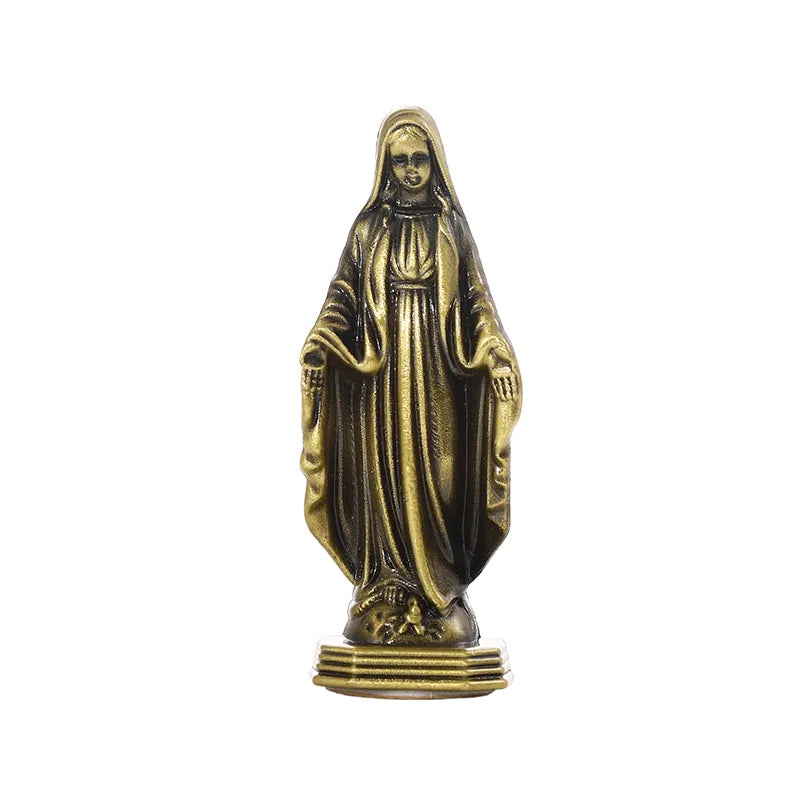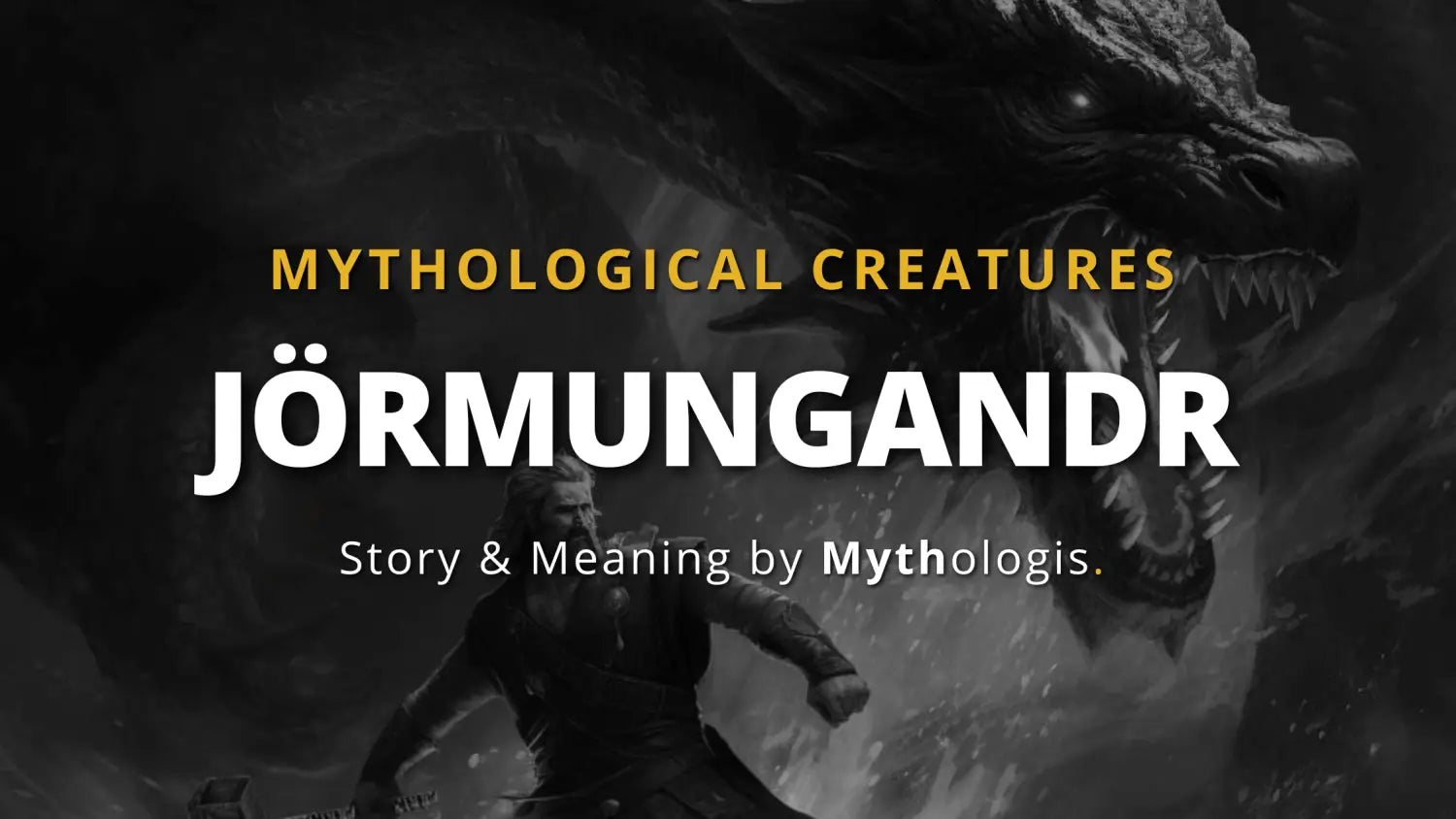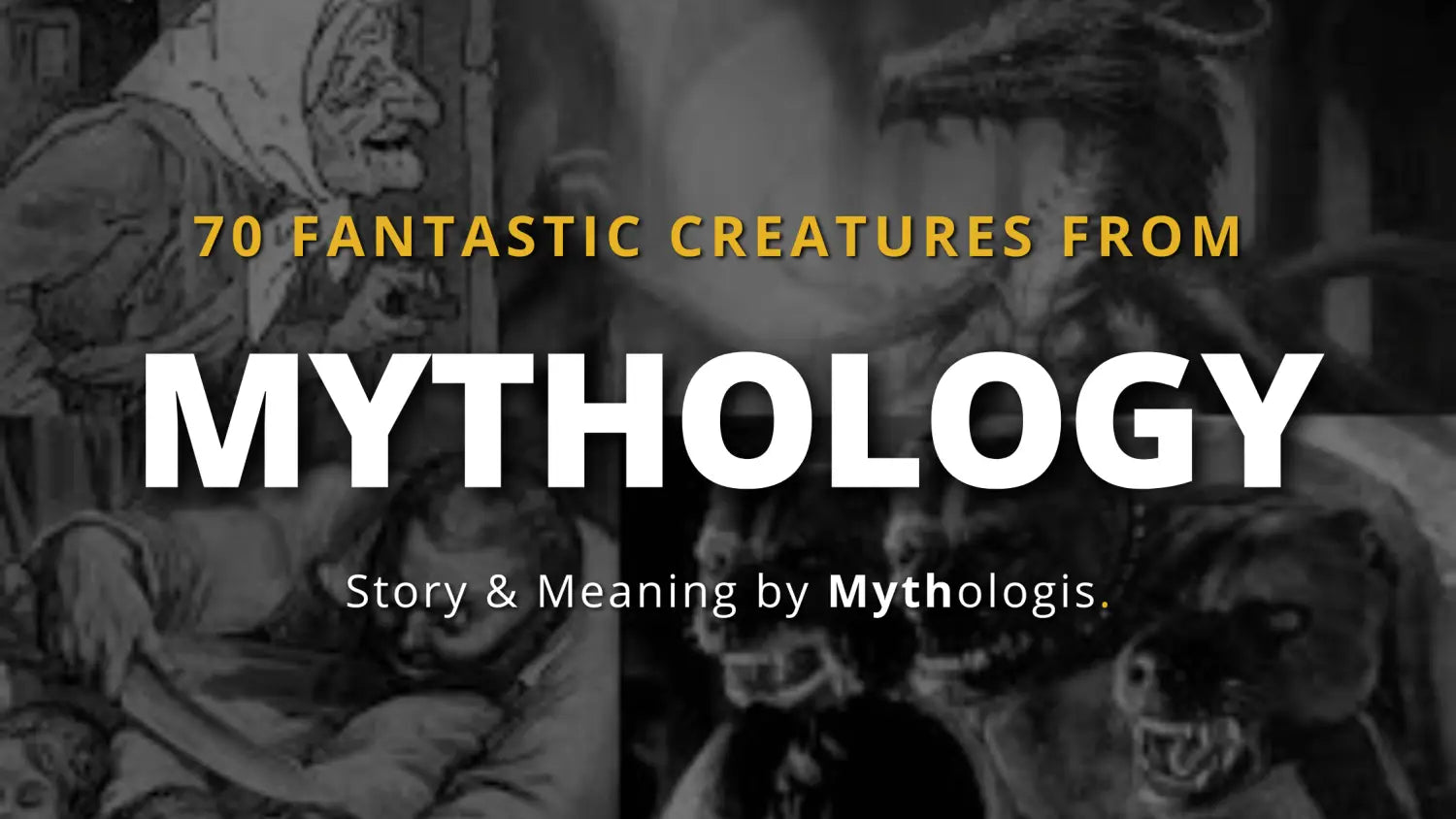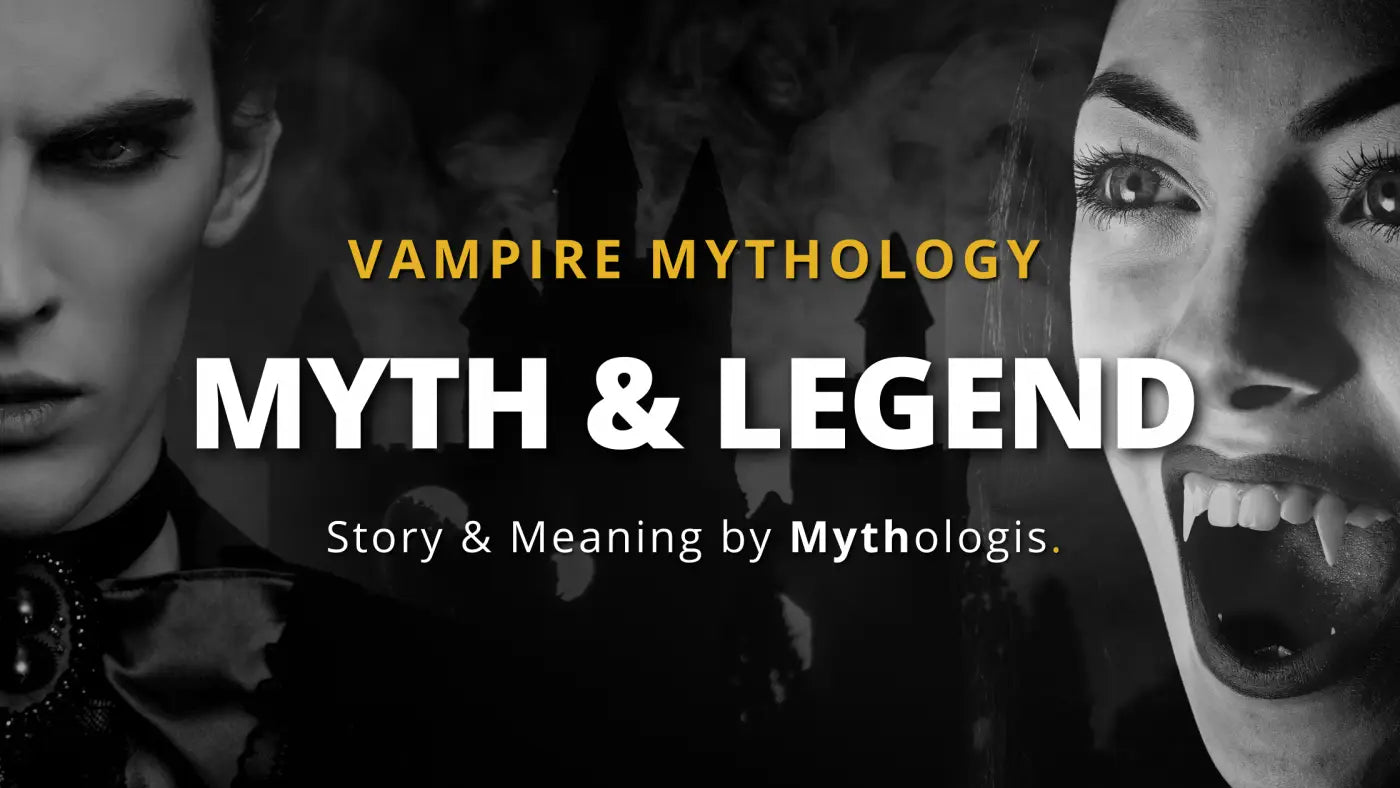The Ouroboros is an ancient symbol that has been used by a variety of cultures throughout history. It is often depicted as a serpent or dragon eating its own tail, and is associated with the concept of renewal and the endless cycle of life.
The Ouroboros has been interpreted in different ways depending on the context in which it is encountered, but it is generally seen as a powerful symbol of unity, continuity, and the interconnectedness of all things. It is a reminder of the cyclical nature of life and the importance of embracing change and renewal.
Despite its ancient origins, the Ouroboros continues to be a popular and meaningful symbol in modern times. It is often used in art, literature, and other cultural artifacts, and is a symbol that is worthy of further exploration and study.
What is the significance of an Ouroboros?
Its symbolism is similar to that of the phoenix, which is constantly rising from its ashes. It is a very old symbol, attested in Mesopotamia, Egypt, Europe, the Far East.
(Eternity, continuity of life, totality of the universe, dynamic circle, wheel.)
Decoding the Symbol of the Ouroboros on youtube with : Chasing Gods
What religion is Ouroboros from?
The Ouroboros is an ancient symbol that has been used by a variety of cultures throughout history. It is not specific to any one religion, but rather is a universal symbol that has been interpreted and used in different ways depending on the context in which it is encountered.
The Ouroboros is often associated with the concept of renewal and the endless cycle of life, and it has been used to represent a variety of ideas and beliefs. In ancient Egyptian mythology, the Ouroboros was a symbol of the sun, representing the cyclical nature of the sun’s movements across the sky. In ancient Greek mythology, the Ouroboros was a symbol of eternity and the unity of all things. In alchemy, the Ouroboros was a symbol of the cyclical nature of the universe and the process of transformation.
Why is Ouroboros eating itself?
The image of the Ouroboros eating itself is thought to represent the concept of renewal and the endless cycle of life.
The idea of the Ouroboros eating itself can be interpreted in a number of ways. Some people see it as a symbol of the cyclical nature of life, with the serpent representing the cycle of birth, death, and rebirth. Others see it as a symbol of the unity and continuity of all things, with the serpent representing the interconnectedness of all aspects of the universe.
Regardless of the specific interpretation, the image of the Ouroboros eating itself is thought to be a powerful and enduring symbol that has been used by a variety of cultures throughout history. It continues to be a popular and meaningful symbol in modern times, and is often used in art, literature, and other cultural artifacts.
What God is Ouroboros?
In ancient Egyptian mythology, the Ouroboros was a symbol of the sun, and was often associated with the sun god, Ra. In ancient Greek mythology, the Ouroboros was sometimes associated with the god Zeus, who was seen as the ruler of the universe. In Norse mythology, the Ouroboros was sometimes associated with the serpent Jörmungandr, who was said to encircle the world.
Is Jormungandr and Ouroboros the same?
Jörmungandr and the Ouroboros are similar in that both are serpentine creatures that are often depicted as encircling the world or eating their own tails. However, they are not the same symbol, and have different origins and meanings.
Jörmungandr is a serpentine creature from Norse mythology, and is one of the three children of Loki and the giantess Angrboða. According to Norse mythology, Jörmungandr was thrown into the ocean by the gods, and grew so large that it was able to encircle the entire world. Jörmungandr is often depicted as a sea serpent, and is said to be so huge that it can hold the world in its coils.
The Ouroboros, on the other hand, is an ancient symbol that has been used by a variety of cultures throughout history. It is often depicted as a serpent or dragon eating its own tail, and is associated with the concept of renewal and the endless cycle of life. The Ouroboros has been interpreted in different ways depending on the context in which it is encountered, and has been used to represent a variety of ideas and beliefs.
Overall, while Jörmungandr and the Ouroboros are similar in some respects, they are not the same symbol and have different origins and meanings.
Read more: Jörmungandr: The Legendary Sea Snake of Norse”
Origins
Before conceiving a linear time, with a beginning (Creation) and an end (The Last Judgment), the ancients understood it (time) in its cyclical form. In prehistory and then in antiquity, events related to cyclical time (birth-death-birth) were actually perceived or imagined as places. Humans were born on the surface of the earth; when they died, they were returned to the earth goddess; she regenerated them within her womb and they were reborn through reincarnation. In the earliest times, the Goddess was self-generating, male and female[3], like the ouroboros. The snake is a figure of the Shthonian goddess, mother of the living and the dead. The deities of heaven do not intervene in procreation or regeneration. Heaven and Earth are separate. Between them – on the surface of the earth – live humans, animals, vegetation. The earth’s surface is the place of plant, animal and human incarnation. Later, the Uranian deities (of heaven) marry the Shthonian deities (of the deep earth, formerly known as the Infernos). The surface of the earth is porous; the gods and goddesses move freely between the two poles, celestial and terrestrial.
From a geocentric astronomical point of view, the sun rises in the East, moves in an arc of a circle towards the West where it dies (it disappears under the surface of the earth, or of the sea, that is, in the depths of the unconscious, to be regenerated by the Great Mother), then rises again at the following dawn, in the East. He completed a complete circle (cycle) in twenty-four hours. Symbolically, this cycle is represented by the ouroboros, the snake that bites its tail. It encircles the cosmic egg that contains the entire universe. The circle, the globe, the egg are images of the whole universe, but also of the psychic man (cf. C. G. Jung, Marie-Louise von Franz).
“Entering the movement of the stars, he (the ouroboros) is undoubtedly the first figuration, the mother of the zodiac”[4]. Yet deprived of propelling limbs, it moves with astonishing speed, due to a “series of lateral and propulsive undulations”[5]. It is this inner power that made it taken by the Egyptians “as the image of cosmic movement, of the march of the stars in space, and consequently of the race of time and the uninterrupted succession of its phases[6].
Unlike the frozen circle and the disc, the snake that bites its tail, if it represents cyclic time, it can nevertheless advance in a linear way, when it descends a slope, for example. The wheel doesn’t just spin on itself. When it touches the ground, driven by a force outside it, it pushes it (the ground) backwards, which propels it forward. The circle, which represents the Whole, moves from back to front, that is, from the past to the future, it advances in space and time. The symbolism of the ouroboros then joins that of the caduceus.
The idea of the snake’s immortality comes from the fact that it regularly changes skin; it “rejuvenates”, a term that also meant “renewing” and even “resurrecting”[7]. Tertullian speaks of it this way: The snake changes its skin at the age it takes from nature. As soon as he has sensed old age, he locks himself in a narrow passage, leaves a wrinkled skin there at the same time as he slips in, and, stripped of himself as soon as he enters, leaves his cave only bright and rejuvenated[8].
Mythology
In Greco-Roman mythology, the ouroboros is the attribute of Saturn, son of Cœlus, god of time called by the Greek Chronos. It is represented as an old man holding a scythe in his right and left hand the ouroboros, because in the continuity of time, the last day of the month joins the first day of the following month. Similarly, from one year to the next and without interruption, the first month of the year follows the last month of the previous year, in the same way as the head and tail of the animal meet. Its symbolism is similar to that of Janus bifron, represented by two opposing faces, one young, looking to the future, the other old, looking to the past.
Among the Egyptians, it is the ring that unites the four cosmic divinities: Set, Isis, Osiris, Horus.
Christian esotericism
Christianity follows the pattern used centuries earlier (even millennia) by other older deities who die and rise again such as Dionysus, Osiris, Adonis, Tammuz.
The ouroboros is a figure of the Logos. “I am the alpha and omega, the beginning and the end,” says Christ.
The Christic cycle is divided into four stages:
1 – The Incarnation: the Word of Yahweh descends from heaven to the surface of the earth (birth, life of Jesus).
2 – Death: the Christ of flesh dies. He is buried and goes down to the underworld.
3 – The Resurrection: on the third day, he resurfaces, that is, he rises to the surface of the earth in a glorious body.
4 – Ascension: Christ ascends to heaven, to the Father, that is, from where he had descended. The circle is closed.
The ouroboros during the Middle Ages, is an emblem of the initiate, in religious circles and in some secular brotherhoods. He was the “symbols of the successive revelations of science, of the knowledge reserved for the Elite, and of the silence imposed on the initiate”[9]. During the Renaissance, this symbol met with great success, thanks in particular to the neoplatonism of Pic de Mirandole and Marsile Ficin. The motif can be found on the reverse of the medals bearing the effigy of princes and lords. The image symbolized their moral, intellectual and political qualities[10].
Alchemy
The act of biting one’s tail illustrates the principle of self-fertilization[11]. He inoculates himself with fire through the hooks of his mouth, at his tail. It is male and female and symbolically related to the Hermaphrodite which is the rebel of alchemists.
Among the alchemists of the first centuries of the Roman Empire, the ouroboros is a symbol of the Work that has neither beginning nor end. Ouroboros is a guardian of the Temple of Knowledge. It is also the emblem of the active principle, the head, and of the receptive principle, the tail, regenerated by the head[12].
Marcelin Berthelot in his Origins of Alchemy[13], tells us:
The snake that dies its tail was worshipped in Hierapolis in Phrygia, by the naassenians Gnostic sect barely ouroborosEnToPanchristian. The ophites, an important branch of Gnosticism, included several sects that met at one point, the worship of the serpent, considered as the symbol of a higher power; as the sign of wet matter, without which nothing can exist; the sky as the soul of the world that envelops everything and gives birth to everything that is, the starry sky that surrounds the stars; the symbol of the beauty and harmony of the universe. The ouroboros snake therefore symbolized the same things as the philosophical egg of the alchemists. The snake was both good and bad. The latter responds to the Egyptian snake Apophis, symbol of darkness and their struggle against the sun.
An 11th century Byzantine manuscript shows, in the chapter on the Cleopatra Chrysopoeia, an ouroboros with the inscription En to pan “the All in One”[14] or “One the All”.
Conclusion About the Ouroboros
In conclusion, the Ouroboros is an ancient symbol with a rich history and cultural significance. It represents the concept of renewal and the endless cycle of life, and is often depicted as a serpent or dragon eating its own tail. The Ouroboros has been used in a variety of cultures throughout history, and it has been interpreted in different ways depending on the context in which it is encountered.
The Ouroboros is often associated with concepts such as unity, continuity, and the interconnectedness of all things. It is a powerful symbol that reminds us of the cyclical nature of life and the importance of embracing change and renewal.
Overall, the Ouroboros is a fascinating and enduring symbol that continues to be a popular and meaningful part of both ancient and modern culture. Its rich history and cultural significance make it a symbol that is worthy of further exploration and study.

